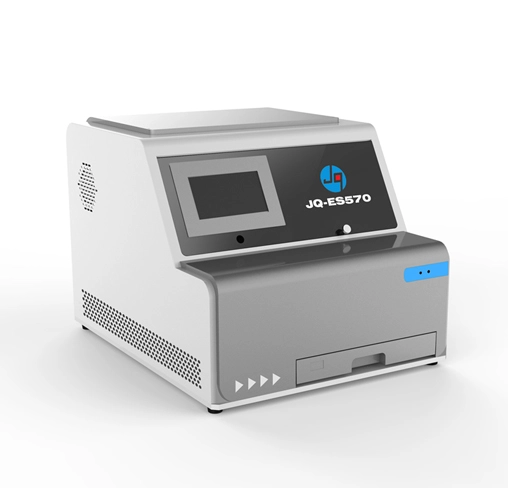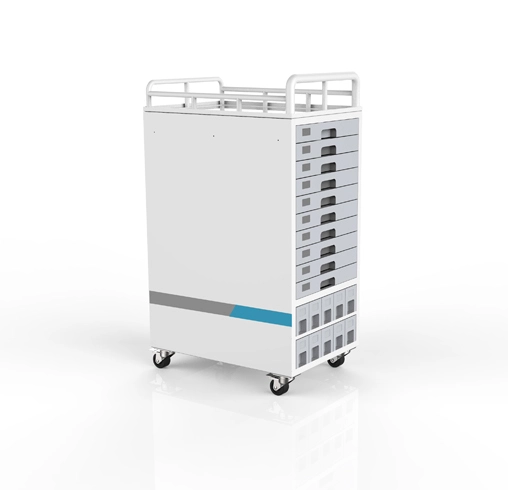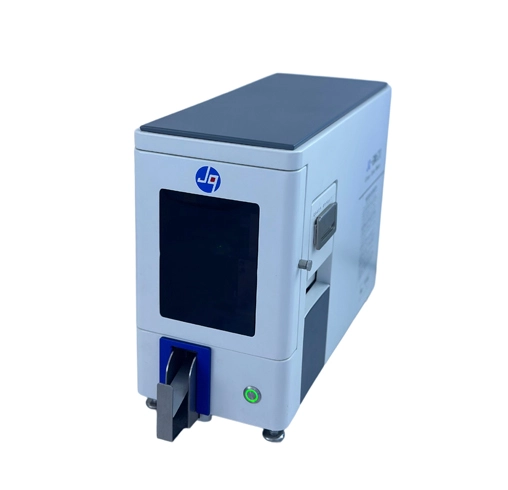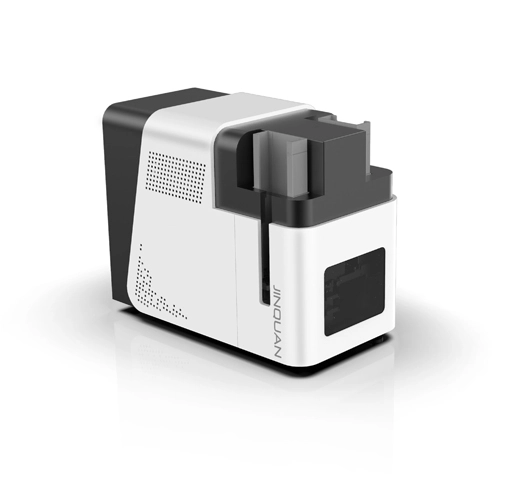Blog
-
Working Principle of a Slide PrinterThe working principle of a slide printer mainly relies on its internal printing technology. Here are the working principles of two common technologies.Inkjet Printing TechnologyInk EjectionThe inkjet ...
-
The Structure of a Histology Slide Label PrinterIn modern pathology laboratories, histology slide label printers have become an indispensable and highly instrument. They significantly enhance the efficiency and quality of pathological diagnosis, sa...
-
Cassette Printer: Labeling Expert for PathologistsWith the development of the times, the scale of the pathology industry has gradually expanded, but there is a lack of pathologists. Many laboratories are short of labours and outdated equipment config...
-
Why Choose The Jinquan Histology Grossing Station?Custom-Made Histology Grossing Station: The Innovation and Ergonomic Design of JinquanJinquan focuses on designing and manufacturing innovative and ergonomically compliant histology grossing stations,...
-
Grossing Table: Aiding Pathological AssessmentGeneral Examination: The Cornerstone of Pathological AssessmentGeneral examination is the foundation of pathological assessment of surgical specimens. If abnormalities are missed during the general ex...
-
Application of Laser Casssette Printers in Pathological Technology ProcessesIn recent years, with the gradual increase in the number of clinical pathology specimens, the usage of disposable plastic cassettes has also grown. The traditional method of manually writing on casset...
-
What Are the Role and Significance of Using Smart Block and Slide Cabinets?Smart block and slide cabinets are an important piece of equipment in the field of modern medical testing. As one of the essential devices in a hospital, smart block and slide cabinets provide more de...
-
The Application of Individual Stainer and Coverslipper in Routine Pathological Staining Quality ControlThe individual stainer and coverslipper has achieved automation and standardization of pathological slide preparation, realized scientific management of reagents, and improved the accuracy of case rep...
-
Application of Laser Slide Printers in Intelligent PathologyWith the rapid development of the internet, there is an urgent need for innovation and progress across various industries. The healthcare sector, closely tied to people's health, is also continuou...
-
The Critical Role of Fast Tissue Freezers in Rapid Intraoperative Pathological DiagnosisIntraoperative rapid frozen section pathological diagnosis is a new technology that has been applied in pathology departments of hospitals at all levels in recent years. It provides a clearer patholog...
-
Enhancing Research and Diagnosis: The Importance of High-Quality Microscope SlidesThe medical field has always been at the forefront of technological advancements, constantly seeking ways to improve research and diagnosis methodologies.
-
Revolutionizing Microscope Slide Printing: The Advantages of Laser TechnologyTable of ContentsIntroductionUnderstanding Laser Microscope Slide PrintersPrecision PrintingEfficiency and SpeedConclusionIntroductionThe world of microscopy has taken a significant leap forward with ...
-
Tissue Cassette Laser Printing in Histology: Advancements and ApplicationsHistology, the study of microscopic anatomy, plays a crucial role in understanding human disease and providing accurate diagnoses. One essential tool used in histopathology labs is tissue cassettes - ...
-
Choosing the Right Tissue Cassette Laser Printer for Your LabAre you tired of spending hours hand labeling tissue cassettes in your lab? Or perhaps, you’re looking for a more efficient way to print detailed information on them. In either case, a tissue cassett...
-
Unveiling the Power of Cassette Laser Printing TechnologyTechnology has revolutionized the way we live, work and play. From smartphones to self-driving cars, advancements in technology continue to amaze us every day. But have you ever stopped to think about...
-
The Future of Laboratory Technology: Beyond Slide PrintingWelcome to the cutting-edge world of laboratory technology! Gone are the days of printing slides and manually analyzing samples under a microscope. The field of laboratory technology is continuously e...





